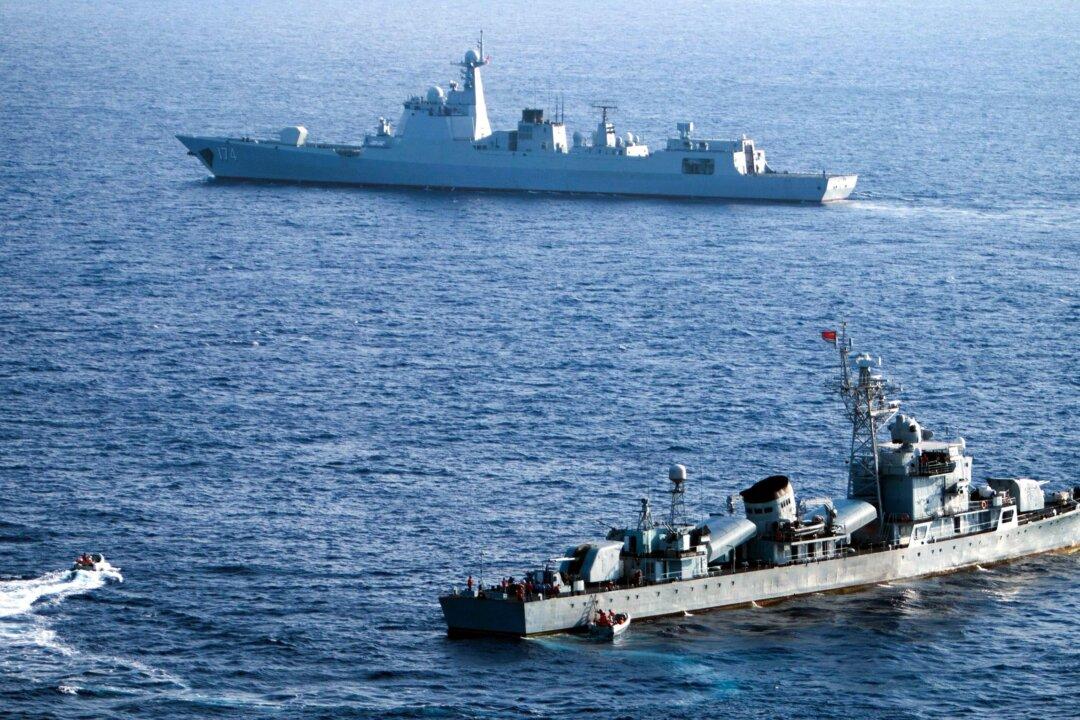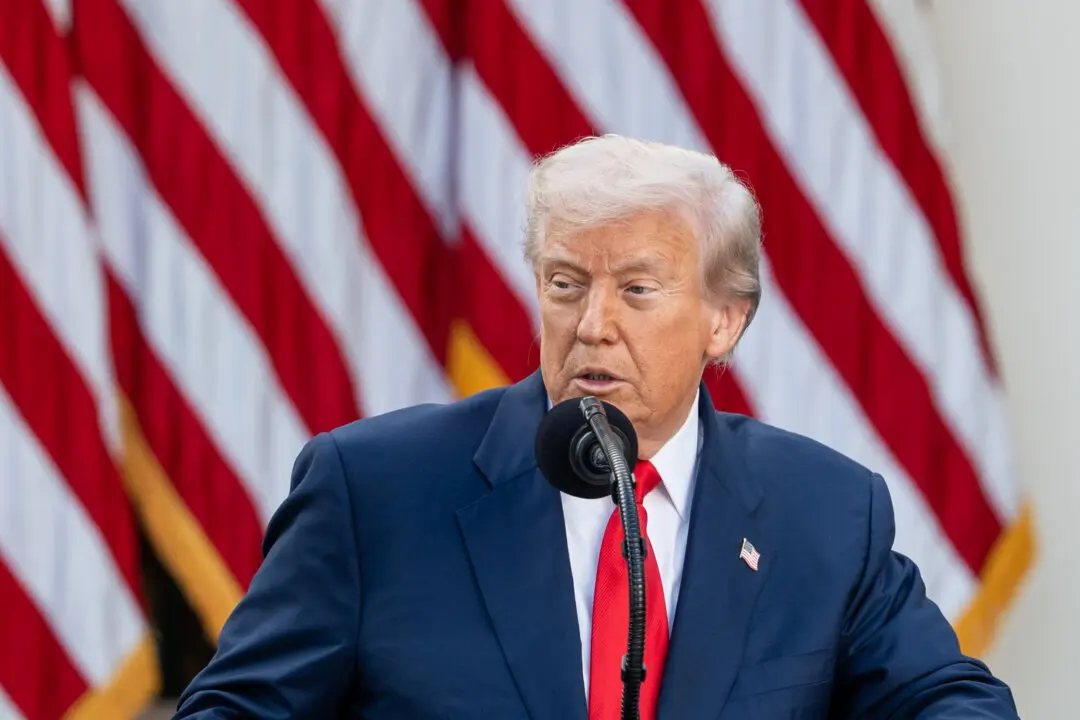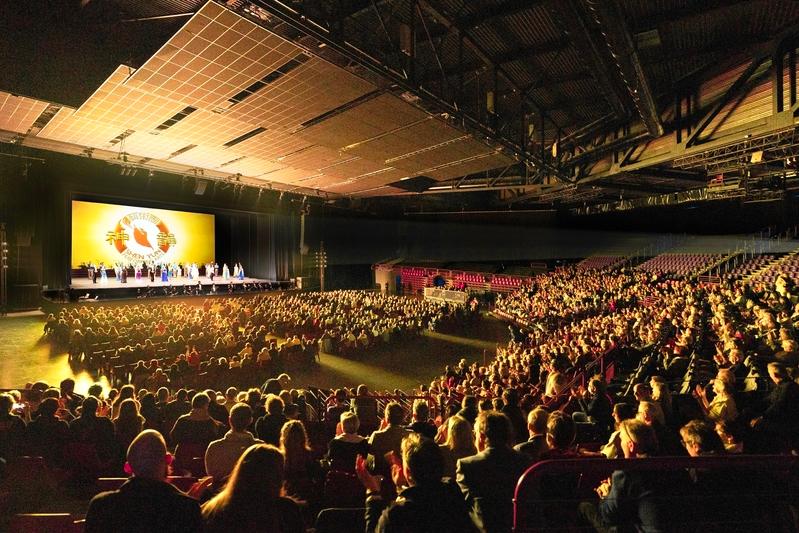The Vietnamese government on Oct. 2 reported that Chinese law enforcement officers had beaten and taken fishing equipment from Vietnamese fishermen on a boat operating near the Paracel Islands three days prior on Sept. 29.
Vietnam lodged a protest with the Chinese communist regime, and on Oct. 4 the Philippine government issued a statement condemning the Chinese enforcers’ “unjustified assault” on Vietnamese fishermen.





